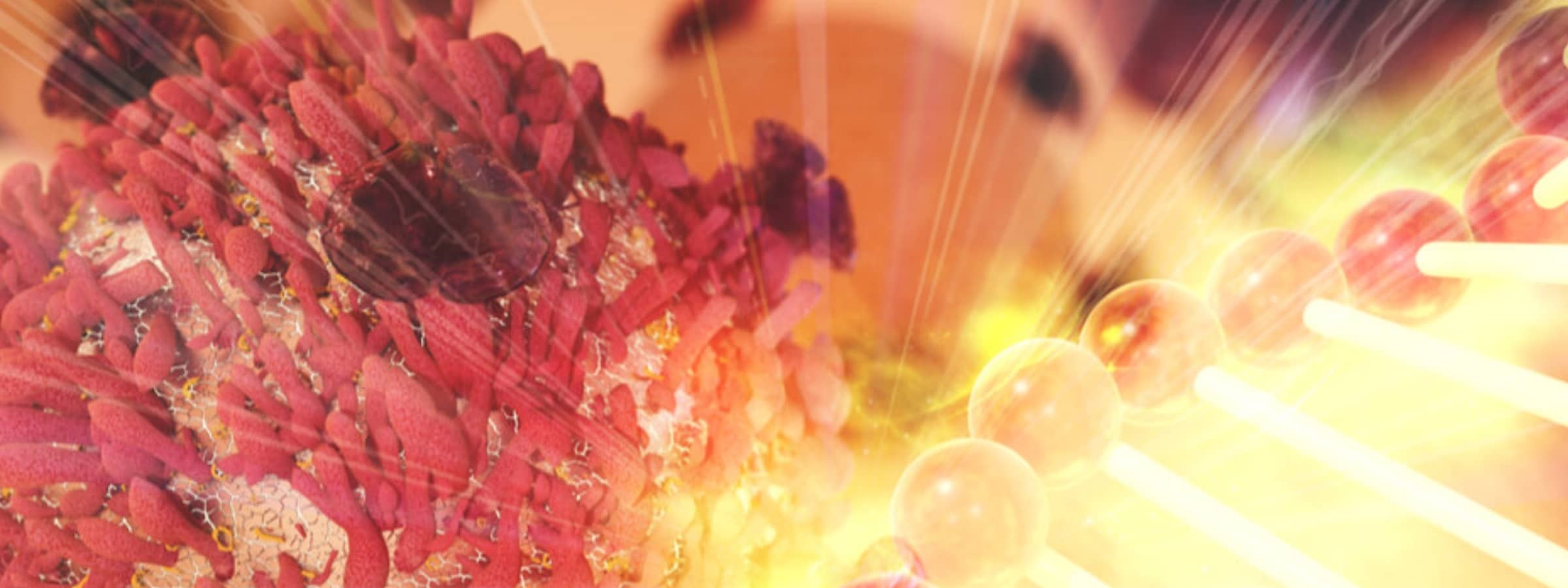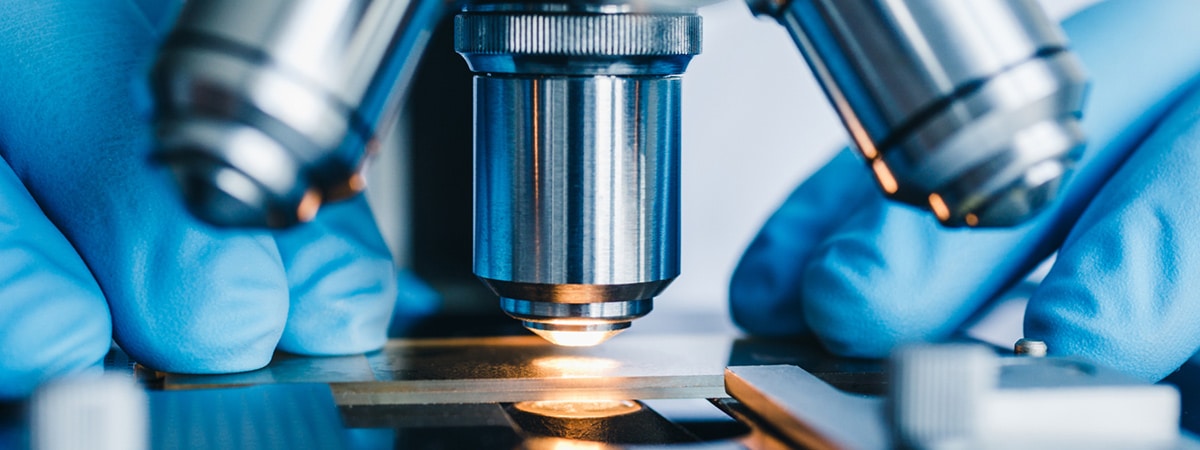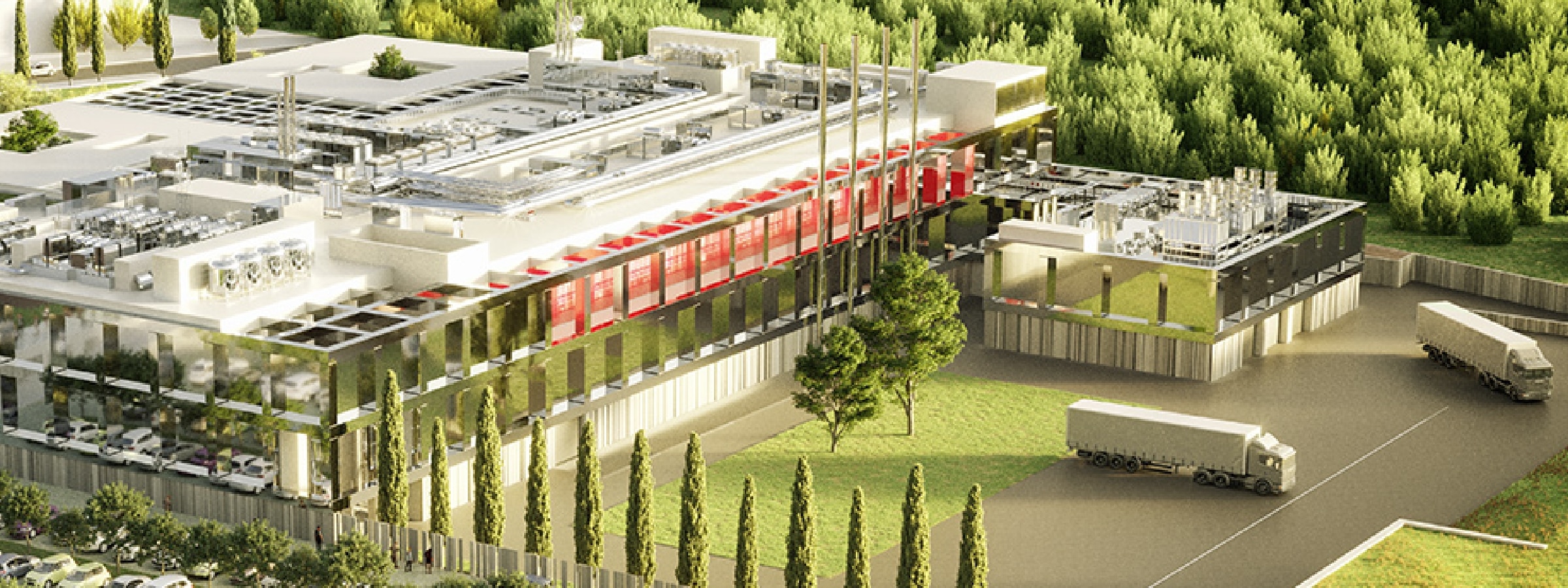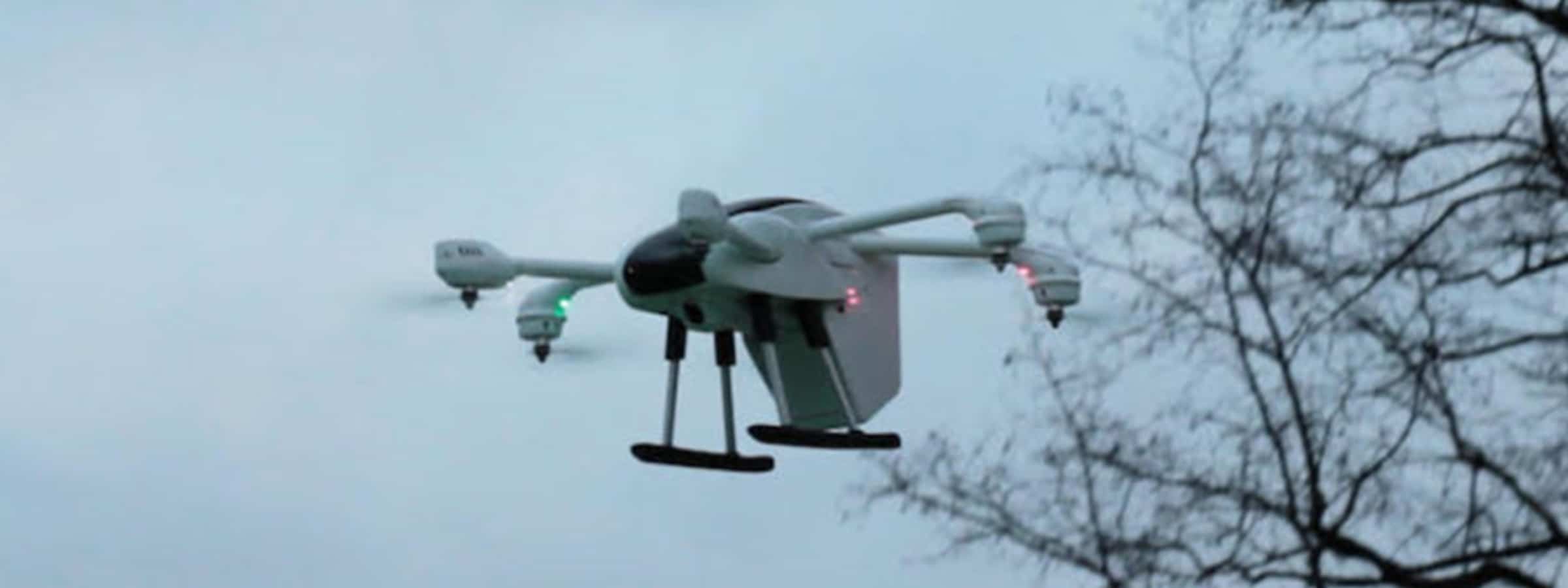
CRO, CMO, CDMO. These acronyms are well known in the biotech and pharma industry. But what is a BMO? If you haven’t heard of it, don’t worry. After all, there is only one BMO worldwide. We have set out to discover more about it, this biotech manufacturing organization.
All over the world, biotechnology is flourishing. It is an industry increasingly associated with innovation. But with growing innovation, comes an increase in needs. To tackle these needs and the challenges that come with drug development, biotech companies turn to different contract organizations for help.
Many of these contract organizations, however, merely support specific stages of drug development without addressing the other challenges in the industry. In fact, there is a growing demand for organizations that are capable of mastering innovation and reacting to a broad range of needs by providing efficient solutions to their biotech sponsors.
What is a BMO?
“In the field of cell and gene therapies, CMOs or CDMOs usually address issues related to process development,” says Marco Ferrari, CEO of Anemocyte. “But there are many other pain points in the industry that are associated with the entire process, starting with the identification of the correct analytical pathway, the right molecules and cells, and going all the way to the clinic.”
These pain points include translational feats, as well as issues directly related to the finished product, such as logistics. Logistics cover everything that involves moving the product correctly and safely from the bench to the patient’s bedside. Addressing these pain points before they become a problem is the job of the so-called biotech manufacturing organization, BMO in short.
“A BMO is sort of a hybrid element that bridges the biotech company as an originator of a product with the contract manufacturer,” explains Ferrari. “The BMO is this specific partner, capable of bringing the right competencies to the table and addressing the pain points of the industry by anticipating the sponsor’s needs, providing solutions, and thinking like an innovative biotech company. Today, it is absolutely invaluable to have a contractor at your side, who is capable of immediately understanding your needs and even anticipating them.”
Introducing the world’s first BMO

Ferrari is the CEO of the world’s first BMO, Anemocyte, which is located in Milan, Italy. Rather like a biotech company, Anemocyte proactively scouts for technologies that can enable the realization of a client’s product in a fast, safe and efficient manner. “Next to this proactivity and curiosity, a BMO’s DNA also very much contains flexibility, which will help to address the different needs of the biotech company,” says Ferrari. “In short, a BMO is solution-driven and innovative at the same time.”
In the past, Anemocyte also worked on traditional biologics. Nowadays, the company has shifted its focus to advanced therapies and specifically cell and gene therapies. Anemocyte’s research team is made up of scientists with a variety of biological backgrounds, whose broad expertise is beneficial in supporting the company’s clients during drug development.
“Cells are the undisputed protagonists in cell and gene therapy,” says Ferrari. “But along with the cells, key enabling technologies, such as tools or reagents, are needed to obtain the final product. Anemocyte scouts for these key enabling technologies, which enhance the power of the cells at the basis of a product.”
One example here is the BMO’s manufacture of plasmids for the production of viral vectors at GMP (Good Manufacturing Practice) and High-Quality level. As part of a larger project called EXELLULA, Anemocyte is building a new plasmid facility in Milan. “The facility will provide us with the opportunity to broaden our capacity and output in terms of plasmid production, especially as a reagent for viral vectors,” Ferrari says.
Leveraging Italy’s potential with a new industrial complex

EXELLULA is an industrial complex that is being built by Anemocyte in the greater Milan area. Currently one of the largest and most impactful greenfield projects in Europe, EXELLULA’s creators hope that it will soon become the point of reference in the cell and gene therapy space. “We are addressing the global needs of the industry,” says Ferrari. “EXELLULA will gather competencies, ideas, and technologies capable of leveraging cell and gene therapies worldwide.”
The project is an all-Italian investment, something that Ferrari is very proud of. “Italy is well-positioned to become one of the leading countries in cell and gene therapies,” he says. “EXELLULA is being developed to enable Italy to be recognized worldwide as an expert of cell and gene therapies in the industry.”
Recently, more and more opportunities have started arising for countries like Italy, Ferrari says. Today, the Italian biotech ecosystem is growing rapidly. “We are seeing new platform technologies for cell and gene therapies emerging, more and more researchers are working in this field, bringing with them lots of ideas and expertise, and we have clinicians who are trained in the field of cell and gene therapies and know how to administer these treatments to patients,” Ferrari explains.
In parallel, the Italian biotech startup ecosystem is growing. Young companies all over Italy are developing innovative products, pushing them towards clinical development, and at some point, bringing them to the market. These young enterprises are supported by companies, such as Anemocyte, the world’s first BMO, that bridge the gap between innovative biotechs and contractors to support drug development all the way to the market.
Logistics are important for the chain of value

“As a BMO, we look at the potential needs in the industry,” says Ferrari. “One of these needs is certainly related to logistics, an important element in the chain of value of cell and gene therapies.” Ferrari is hinting at the fact that cell and gene therapies are highly time- and temperature- sensitive products. This means that therapies need to be moved in a safe and appropriate fashion to reach the patient without suffering in quality.
“We often ask our clients, what is the average speed at which an ambulance at full siren moves through a large city like Milan?” Ferrari says. “The answer is shocking. In Milan, the average speed of an ambulance at full siren is three to five kilometers per hour. That is not very fast. Now think of a truck carrying a valuable cell or gene therapy to a hospital where a patient is waiting. It will likely take a lot of time to get there, but with fresh products, for example, you only have between 12 and 72 hours to deliver.”
Mostly, the transportation of cell and gene therapies is performed by multiple carriers, including trucks, planes, and trains. This brings with it a variety of challenges concerning equipment and packaging, but also traffic and the need for complex technology to keep the temperature stable and the cold chain intact along the way. Another challenge concerns the chain of custody: the valuable therapy is passed on to people, who should be trained to handle the product but often aren’t.
A new drone techonology to deliver fragile therapies

With these challenges in mind, Anemocyte has teamed up with a company that develops drones. They are working on developing a novel approach to deliver cell and gene therapies safely, fast and effectively – through the air – called FLYn’ICE. “The idea was to create a climatic chamber designed as a pod that can be carried by the drone,” Ferrari explains. “The refrigerated pod is built to transport bags and vials at different temperatures, which are maintained according to the GMP guidelines for the transportation of cell and gene therapies.”
The drone-approach allows Anemocyte to avoid the challenges associated with traffic, the cold chain and the chain of control. While the temperature of the product can be controlled throughout the duration of the flight, the chain of custody is secured by equipping the pod with an anti-tampering technology. This technology only allows the receiver to open the pod, ensuring that no outsider can access the therapy.
“All of our projects, including EXELLULA and FLYn’ICE, are helping us to position ourselves as the first BMO worldwide,” says Ferrari. “Our new approach will bring value to the industry, as we actively scout for opportunities that will allow us to address the pain points of the industry and to enable cell and gene therapies to be brought to the patient in a new and effective way.”
Credits Labiotech.eu (http://bit.ly/ZPL-YK0)